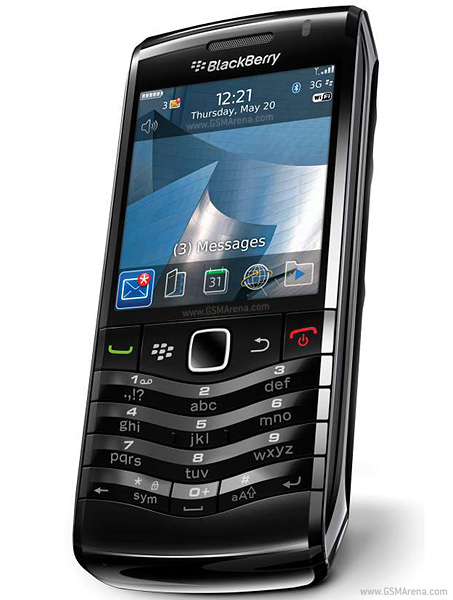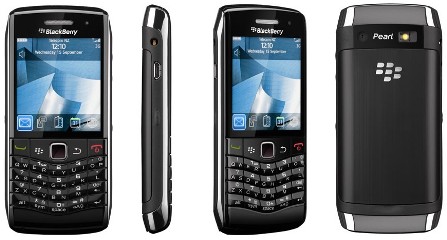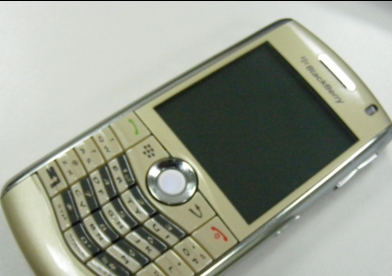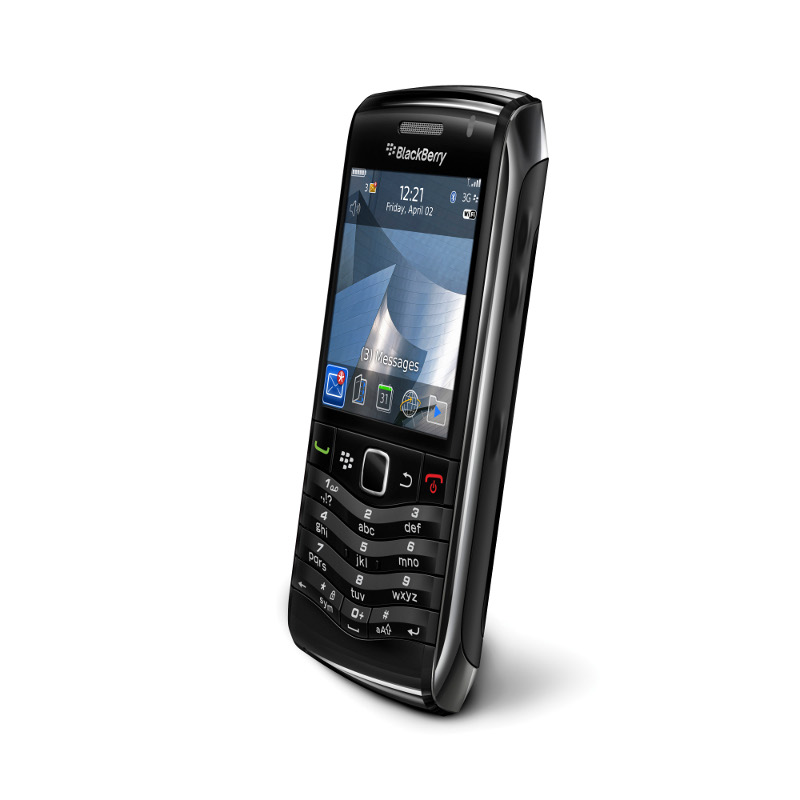

How do you check your e-mail? How do you play music and video? What are PIN-to-PIN messages? Where do you find cool stuff to customize your Pearl? With Blackberry Pearl for Dummies, you'll discover all the answers to these questions and see how to use your new PDA to its The excitement of purchasing a Blackberry Pearl can only be outdone by the confusion of how to use it. You can expand the Flip’s storage capacity via a microSD card (the Flip supports high-capacity or SDHC cards, so the 4GB limit for standard SD doesn’t apply), but no media card is included.The excitement of purchasing a Blackberry Pearl can only be outdone by the confusion of how to use it. Its specs say that it has 128MB of user-available flash memory, but after loading my 1500-plus Lotus Notes contact entries, I didn’t have enough disk space left to copy a single MP3 (using the excellent included Roxio Media Manager software) to the phone. The Flip is a bit skimpy on internal storage. In our lab tests the battery provided slightly more than 8 hours of talk time, a better battery life than that of many other phones we’ve tested recently however, unlike many of the phones that drain faster, the Flip does not support 3G networks. The included earbud headset was good–and the unit has a standard headset jack, so you use your own headset if you prefer.


Voice call quality on the quad-band (world) phone was adequate–no better or worse than on most cell phones I’ve tried.
BLACKBERRY PEARL PLUS
On the plus side, I had no problem searching through contacts by pressing keys as though each key contained only the character I wanted to hit: In each instance, SureType brought up all possible entries and then quickly narrowed them down as I typed. Also, I found the action on the trackball so loose that I had a little trouble stopping and choosing a desired menu option (often I’d hit the one above or below). As a result, you have to look when you’re typing to make sure that you’re pressing the intended keys. The Flip does use frets (thin metal strips) between its rows of slightly domed keys, but there are no tactile cues to help you distinguish between adjacent keys. Though I’m a fan of the BlackBerry SureType predictive text-entry system, the 20-key SureType keyboard on the lower half of the Flip (a QWERTY layout in which many characters share a key) is a bit disappointing. The side of the phone has keys for raising or lowering volume (or zooming in or out, depending on application), plus an extra key on each side that you can assign to whatever application you wish. RIM has preserved the key elements of BlackBerry navigation on the lower half of the phone: the usual red and green phone keys, the BlackBerry menu key, and the back/escape key.

The display, when active, shows information ranging from caller ID data on incoming calls (including an image if one is attached to the number in your phone book) to new message alerts to a clock (the type with hands, as opposed to numbers) showing the current time. It makes a great first impression thanks to its external 1-by-1.25-inch, 128-by-160-pixel color display, which sits under the smooth, glassy black surface on the top half (the case’s underside has a matte surface). It’s a respectable effort, but I can’t help wondering whether such a phone will ever work exceedingly well for people who heavily use of their handsets for e-mail and text messaging.Īvailable from T-Mobile for $200 with a two-year contract, the Flip is a tad thick (0.7 inch) for a clamshell, but otherwise it’s in the ballpark in height (3.9 inches), width (2 inches), and weight (3.6 ounces). The BlackBerry Pearl Flip 8220, as its name suggests, grafts the standard Pearl’s modified 20-key QWERTY layout and SureType predictive text-entry technology onto a flip phone, with some nice design touches. Research in Motion has finally released a BlackBerry for the clamshell crowd.


 0 kommentar(er)
0 kommentar(er)
